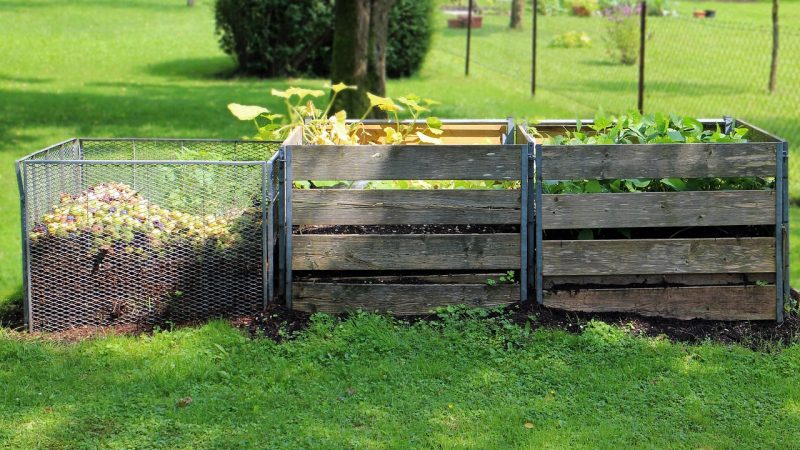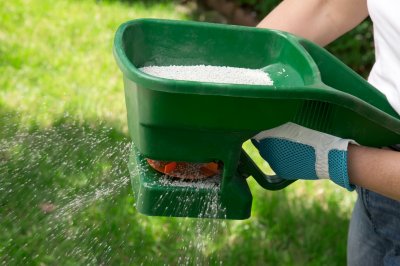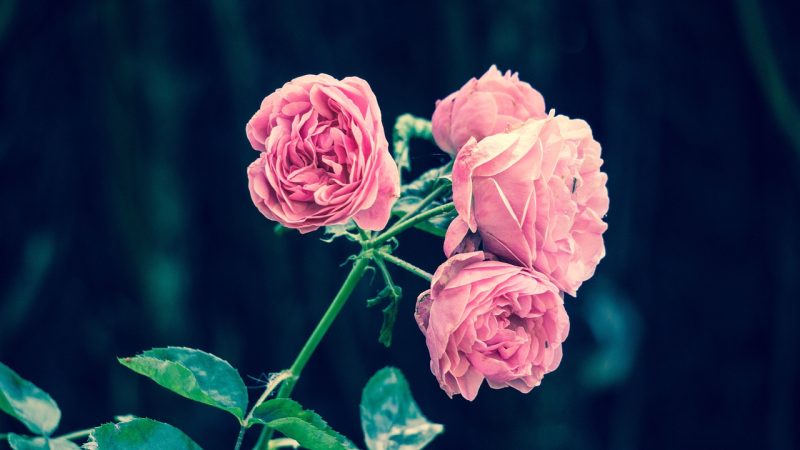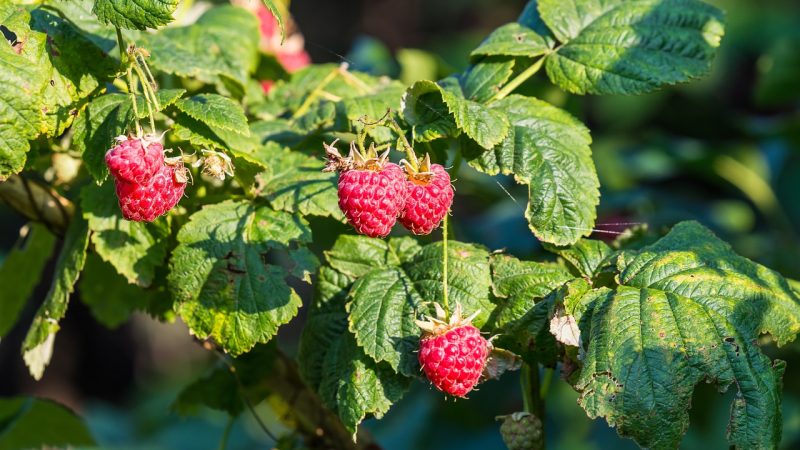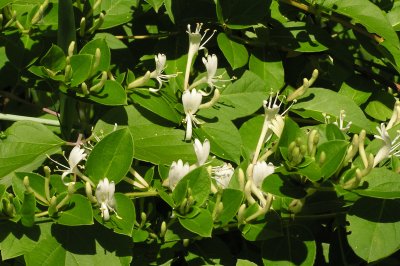Planting climbing plants can add vertical interest and beauty to your garden or landscape. Whether you’re growing them on trellises, fences, or walls, these tips will help ensure successful growth and a stunning display:
**1. Select the Right Climbing Plant: Choose a climbing plant that is suitable for your climate, soil type, and the specific location where you plan to plant it. Consider the available space and whether the plant prefers full sun, partial shade, or shade.
**2. Provide Adequate Support: Climbing plants need something to climb on, such as trellises, fences, walls, or pergolas. Ensure that the support structure is sturdy and can bear the weight of the mature plant.
**3. Prepare the Soil:
- Make sure the soil is well-draining and rich in organic matter. Add compost or well-rotted manure to improve the soil’s fertility.
- If the soil is heavy and clayey, consider adding some sand or perlite to improve drainage.
**4. Planting Hole: Dig a hole for the climbing plant that is slightly larger than the root ball. The depth should be enough to accommodate the roots without bending or crowding them.
**5. Watering:
- Water the climbing plant thoroughly after planting to settle the soil around the roots.
- During the establishment phase, keep the plant consistently moist, but avoid overwatering, as this can lead to root rot.
**6. Mulching:
- Apply a layer of mulch around the base of the climbing plant to retain soil moisture, regulate temperature, and suppress weed growth.
- Leave some space around the stem to prevent rotting.
**7. Training and Pruning:
- Train the climbing plant to grow along the support structure by tying it gently with soft plant ties or twine.
- Regularly prune the climbing plant to remove dead or diseased growth and to shape it as desired. Pruning can also help promote better flowering and vigorous growth.
**8. Fertilization:
- Climbing plants are generally heavy feeders, so consider providing them with a balanced fertilizer during the growing season to support healthy growth and flowering.
**9. Watch for Pests and Diseases:
- Keep an eye out for pests and diseases that may affect your climbing plant. Early detection and prompt action can help prevent serious damage.
**10. Consider Placement:
- When planting climbing plants against walls or fences, ensure that they won’t obstruct windows or other important areas. Leave sufficient space between the plant and the structure for airflow and maintenance.
**11. Regular Inspection:
- Regularly inspect the support structure to ensure it remains stable and safe for the climbing plant.
- Check the plant’s growth regularly and adjust its position on the support structure as needed.
By following these tips, you can create a beautiful and thriving display of climbing plants in your garden. Whether you choose flowering climbers like roses or jasmine or prefer edible vines like grapes or passionfruit, climbing plants can add charm and visual appeal to your outdoor space.


